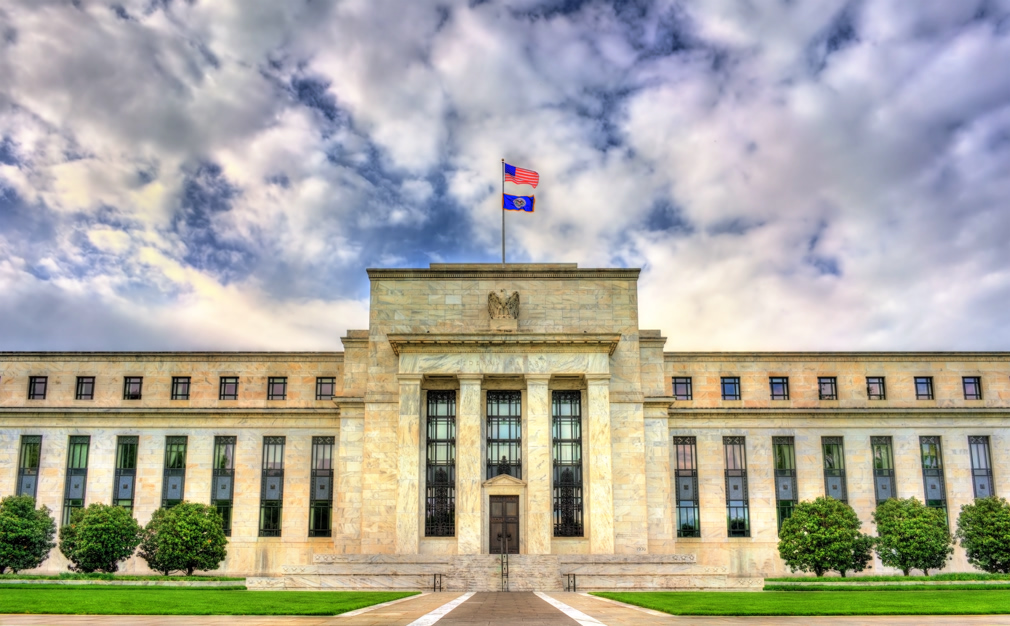The economic deterioration caused by the COVID-19 pandemic warranted a “forceful” response, according to the minutes released on Wednesday of the Federal Reserve’s March 15 emergency meeting.
“All participants viewed the near-term U.S. economic outlook as having deteriorated sharply in recent weeks and as having become profoundly uncertain,” according to the minutes. The policymakers also “noted that financial markets had exhibited extraordinary turbulence and stresses.”
At the mid-March meeting, held via video so committee members could practice social distancing, policymakers voted to make the second emergency cut in two weeks. They slashed 1% off the central bank’s benchmark rate and renewed a program to buy Treasuries and mortgage bonds in an effort to bolster the economy.
That put the overnight lending rate in the zero to 0.25% range. The Fed signalled in the minutes that it’s in no rush to raise it.
“With regard to monetary policy beyond this meeting, these participants judged that it would be appropriate to maintain the target range for the federal funds rate at 0 to 0.25% until policymakers were confident that the economy had weathered recent events and was on track to achieve the committee’s maximum employment and price stability goals,” the minutes said.
A “few” participants at the meeting would have preferred to cut interest rates less drastically, favoring a half-point reduction, the minutes said. They wanted to preserve some ammunition in case the economy needed more help, and they worried about “sending an overly negative signal about the economic outlook,” according to the minutes.
At that meeting, the Fed decided to restart the so-called quantitative easing, or QE, bond-buying program it used with success during the financial crisis more than a decade ago. It pledged to buy $500 billion in Treasury bills and $200 billion of agency-backed mortgage securities
A week later, the central bank decided to change the budget for the bond-buying program to make it unlimited, and it also added commercial agency-backed mortgage bonds, meaning the financing for multifamily apartment buildings.
In March alone, the Fed expanded its balance sheet by about $1.6 trillion, to a total of $6 trillion.






